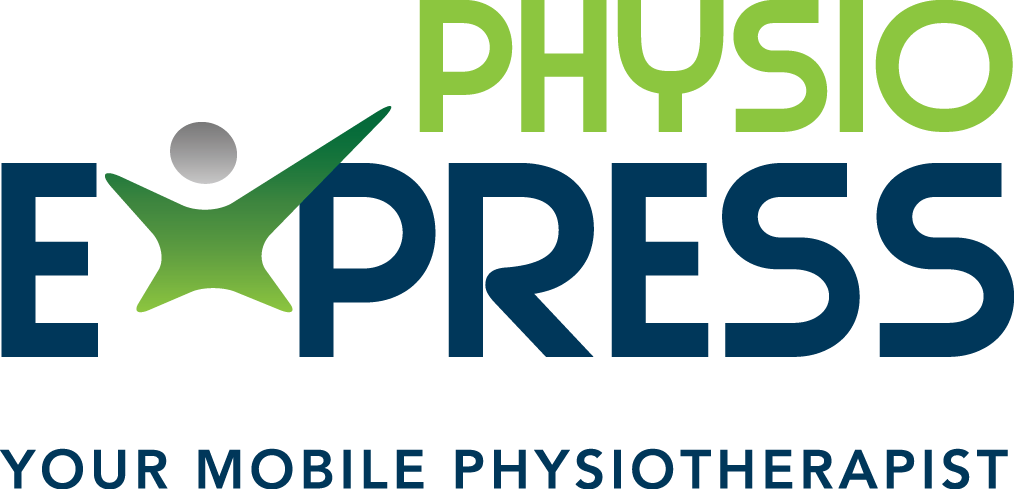Pressure Care Management
A pressure sore or pressure area is an area of localised damage to the skin and/or underlying tissue. This occurs as a result of compressive pressure resulting in reduced blood flow to an area, and can lead to subsequent tissue necrosis (cell death) if not managed well. Hence, it is crucial to prevent them from occurring and manage pressure areas that do develop quickly and effectively.
Causes of pressure areas
Pressure: compression force applied perpendicular to a surface (e.g. prolonged bed rest in the same position)
Shear: force parallel to the surface of an object while the base of the object stays stationary (e.g. sliding down the bed)
Friction: resistance to a motion in a parallel direction
Microclimate: humidity, moisture (continence, wound drainage, perspiration), skin temperature
Our occupational therapists at Neuro Junction trialing a different range of pressure relieving cushions!
Common locations to watch out for
Pressure injuries usually occur over bony prominences. This can include:
Ischial tuberosities - bottom bones
Greater trochanter - hip bones
Sacrum or coccyx - tail bone
Heels
stages of pressure injuries
Reddened area of intact skin
Partial thickness skin loss - broken skin but can’t see deeper layers
Full thickness skin loss - fat visible
Full thickness skin and tissue loss
who is at more risk
Age - older adults are more at risk due to reduced skin integrity
High Body Mass Index - increased body weight exerts a greater compressive force on the tissue
Mobility - those who are immobile or who have prolonged bed rest
Incontinence – creating excess skin moisture and risk of infection
Sensation - those who have impaired or absent ability to detect discomfort of tissue pressure
Communication - those unable to express/ verbalise feelings of discomfort or pain in order to re-position
Poor nutrition - causes loss of muscle that normally acts as a barrier between bony prominences and external surfaces, and also impacts wound healing
how can our physiotherapists and occupational therapists help?
Our occupational therapists are highly trained in assessing the risk of pressure injuries and providing appropriate equipment to try and prevent them. Common equipment can include pressure relieving cushions and mattresses, heel protectors, and specialised electric beds and wheelchairs.
Our physiotherapists can assist in providing manual handling and transfer techniques into appropriate equipment for improving posture and positioning which can help prevent pressure injuries occurring.
Multidisciplinary team in the management of pressure injuries
Nurses - for wound care and regular skin checks
Carers and/or family - for personal care and continence management
Dietitian - ensuring adequate nutrition for optimal wound healing
Doctor - to prescribe any necessary medication (e.g. to avoid infection, pain relief)
References:
Vecin, N and Gater, G 2022, ‘Pressure Injuries and Management after Spinal Cord Injury’, Pathophysiology and Treatment of Secondary Conditions after Spinal Cord Injury, vol. 12. no. 7. pp. 1130
The National Pressure Injury Advisory Panel n.d. https://npiap.com/

